Looking to create a gradient effect like this either the html canvas or processing. Multicolored / nonuniform, and somewhat random. My first inclination is to create several points, assign them a color and a weight, and then interpolate each pixel color on the canvas by a function of 1/R^2 from the each point?
Asked
Active
Viewed 698 times
1
-
1It sounds like you've got an approach you'd like to try. Why don't you just try it? Try something out and post a [mcve] if you get stuck. – Kevin Workman Aug 08 '16 at 20:18
-
It seems you could get an acceptable effect using built in canvas functions. You could [create](https://developer.mozilla.org/en-US/docs/Web/API/CanvasRenderingContext2D/createLinearGradient) various [gradients](https://developer.mozilla.org/en-US/docs/Web/API/CanvasRenderingContext2D/createRadialGradient) and [mash them together](http://stackoverflow.com/questions/6787899/combining-two-or-more-canvas-elements-with-some-sort-of-blending). – Juan Tomas Aug 08 '16 at 22:11
-
i think i see several radial grads mixed on top of each other – bjanes Aug 09 '16 at 02:14
-
This answer will cover some of the techniques you can use to achieve the effect you want. http://stackoverflow.com/a/35526320/3877726 it has a demo snippet and uses masks to layer gradient and variouse composite methods to mix the colours. You can also use clip region rather than masks – Blindman67 Aug 09 '16 at 10:08
1 Answers
0
I have a little function to create random color-stops for the HTML5 Canvas linear- and/or radial-gradient methods...
HTML
<canvas id="cnv" width="300" height="200"></canvas>
JavaScript
/* simple selection */
var $ = function(a) {return document.getElementById(a.slice(1));};
var randomColorStops = function(num) {
var arr = [];
var stops = [];
var L = num;
var obj;
var randomRGB = function() {
var colorValue = function() {
return Math.floor(Math.random() * 255);
};
return 'rgb('+colorValue()+','+colorValue()+','+colorValue()+')';
};
while(L--) {
arr.push(
parseFloat(
(Math.random()).toFixed(2)
)
);
}
arr.sort();
L = num;
while(L--) {
obj = {
stop: arr[L],
color: randomRGB()
};
stops.push(obj);
}
return stops;
}
/* canvas properties */
var canvas = $('#cnv');
var ctx = canvas.getContext('2d');
var cx = canvas.width / 2;
var cy = canvas.height / 2;
var cr = canvas.height * 0.45;
/* number of stops: random number 5-50 */
var nos = function() {
return Math.floor(Math.random() * 45) + 5;
};
/* create radial gradient */
var grad = ctx.createRadialGradient(
cx - (cr * 0.33),
cy - (cr * 0.33),
2,
cx - (cr * 0.33),
cy - (cr * 0.33),
cr * 1.66
);
/* !!! stops = random number of random colour-stops */
var stops = randomColorStops(nos());
var len = stops.length;
/* iterate stops and add to grad */
for (var i = 0; i < len; i++) {
grad.addColorStop(stops[i].stop, stops[i].color);
}
/* draw to canvas */
/* background: black */
ctx.fillStyle = '#000';
ctx.beginPath();
ctx.fillRect(0, 0, canvas.width, canvas.height);
/* circle: random gradient */
ctx.fillStyle = grad;
ctx.beginPath();
ctx.arc(cx, cy, cr, 0, Math.PI*2, true);
ctx.fill();
The function randomColorStops() takes a number as an argument (here generated randomly via nos()) and returns an array of ordered objects, each with a 'stops' and 'color' property. This is then iterated and added to the gradient variable (grad).
See the jsFiddle of the above code.
Brian Peacock
- 1,801
- 16
- 24

